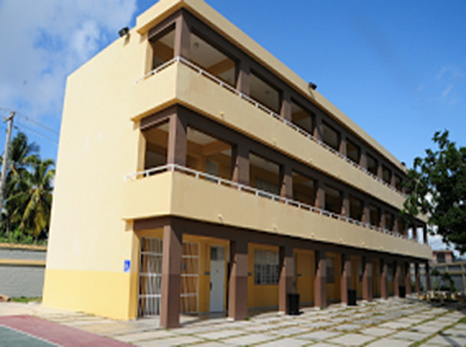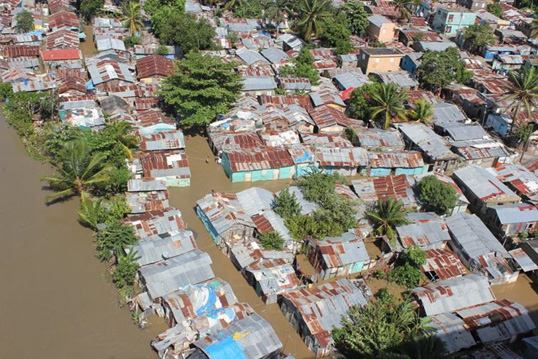School buildings have an integral role in communities as they not only serve as educational centers, but also as meeting points for various events, deposits for technical materials, and shelters during emergency situations. The vulnerability of school infrastructure to natural disaster endangers the welfare of the entire community. In this way, its reduction should not only be seen in terms of the need to prevent catastrophic damages with the potential to destroy buildings, but also as a way to avoid minor damages that can affect the continuity of the services provided by these buildings.

To address the reduction of the vulnerability of school infrastructure, the World Bank has called on Uniandes and the University College London in order to develop a seismic and hurricane-wind risk assessment study in Dominican Republic for the World Bank Global Program for Safer Schools (GPSS). This program is an initiative of the World Bank’s Global Facility for Disaster Reduction and Recovery (GFDRR) and seeks to make educational institutions more resilient to natural disasters.

The present project has as a main objective the development of an intervention strategy to reduce the vulnerability of the school infrastructure. For this purpose, the universities are performing field inspections and database statistical analysis in order identify the structural taxonomy for each building, and generate a complete portfolio of the school infrastructure. The collected information will be used for the nonlinear modeling of the buildings to identify collapse mechanisms and fragility and vulnerability functions, as well as retrofitting alternatives. The project will use the Global Library for School Infrastructure (GLoSI) methodological approach, which consists on developing a global library with specific information on constructive typologies, taxonomy for the identification of the different dominant typologies, and fragility and vulnerability functions. This information allows for the execution of fast and simplified seismic risk assessments, in this case using the CAPRA platform, that follow the highest standards of these types of evaluations.

